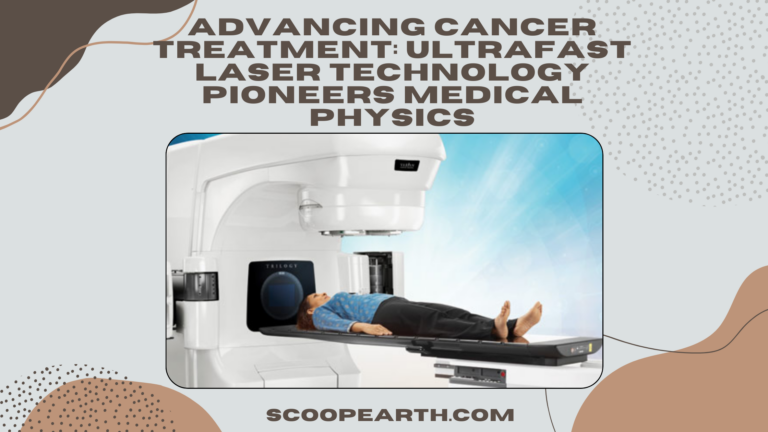In the realm of medical physics, ultrafast laser technology has emerged as a game-changer, offering new avenues for cancer treatment and radiation therapy. The groundbreaking achievement by the team at INRS’s EMT Centre marks a significant leap forward in this field, promising transformative applications in improving cancer treatment methodologies.
The focal point of this technological breakthrough lies in the utilization of super short bursts of electrons, operating at durations ranging from femtoseconds to picoseconds. These ultrafast bursts have unveiled unprecedented possibilities, particularly in studying rapid structural changes and conducting high-dose radiation studies.
One of the most promising applications of this ultrafast laser technology is observed in FLASH radiotherapy—a revolutionary method designed to address tumors that exhibit resistance to conventional radiation therapy. Unlike conventional approaches that administer radiation over minutes, FLASH radiotherapy enables the delivery of remarkably high doses of radiation in mere microseconds. This swift delivery substantially reduces the exposure time, minimizing collateral damage to healthy tissues surrounding the tumor site.
FLASH radiotherapy is breaking the ground by rapidly depleting oxygen levels in normal tissues almost instantly. However, this reduction makes these tissues relatively insensitive to radiation, thereby sheltering them from its toxicity implications. The advent is a signpost for innovative ways of fighting cancer, which are more accurate, specific, and less traumatizing.
The department’s findings also revealed another surprising discovery concerning the radiation dose rate in electrons close to their source. This was revealed to have three to four times the normal dosage employed by standard radiation therapy, showing the great capabilities of new treatment techniques.
However, Simon Vallières, a prominent figure in the research team, underscores the importance of caution in handling this advanced technology. The discovery of potential radiation hazards associated with tightly focused laser beams necessitates the establishment of stringent safety measures and laboratory practices. Exposure to high doses of radiation poses health risks, emphasizing the critical need for meticulous handling and stringent safety protocols.
Conclusion
The integration of ultrafast laser technology in medical physics represents a groundbreaking frontier in cancer treatment. The strides made by the team at INRS’s EMT Centre showcase the immense potential of FLASH radiotherapy in offering a more targeted and less invasive approach to combating cancer. However, as with any cutting-edge technology, ensuring safety protocols and responsible handling is imperative to leverage its potential for the betterment of healthcare without compromising human health.
Journal reference:
Simon Vallières, Jeffrey Powell, Tanner Connell, Michael Evans, Marianna Lytova, High Dose-Rate MeV Electron Beam from a Tightly-Focused Femtosecond IR Laser in Ambient Air. Laser & Photonics Review. DOI: 10.1002/lpor.202300078


